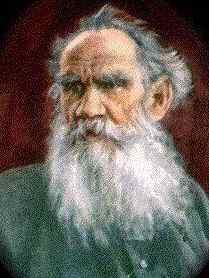
Book Review:
The Constitution: An Introduction
by Michael Stokes Paulsen and Luke Paulsen
Basic Books 2015
[From review]
The Paulsens are at their best when critiquing the modern era of judicial activism. In their telling, the Warren Court (1953–69) produced “careless” decisions, because the justices were focused on achieving policy goals rather than upholding the law. The nadir of this results-oriented jurisprudence was, as the authors correctly point out, the Court’s 1973 decision in Roe v. Wade, which invented a federal right to abortion on demand. The authors assail Roe as “the most extreme example of judicial activism in the twentieth century.” They even compare the decision—unfavorably—to Dred Scott, the notorious pro-slavery decision that helped provoke the Civil War. “Not even Dred Scott,” they argue, “so completely seemed to disregard the text as Roe did.”
Rather than citing the Constitution’s actual language, the Roe Court relied on the doctrine of “substantive due process,” the idea that the Due Process Clause of the Fourteenth Amendment empowers judges to strike down laws that they consider flawed, even if not strictly unconstitutional. That doctrine had been strongly endorsed by the Court eight years earlier inGriswold v. Connecticut, in which Justice William O. Douglas famously discovered a constitutional right to privacy hidden in “penumbras, formed by emanations” of the First, Third, Fourth, Fifth, and Ninth Amendments.
[. . .]
The authors take aim at many other sacred cows of progressive jurisprudence. The famous police warnings mandated by Miranda v.Arizona (1966) reflected the Court’s “policy judgment” and not the text of the Fifth Amendment. The Court’s rejection of school prayer in Engel v.Vitale (1962) was based on a notion of the separation of church and state that is “found nowhere in the Constitution.” The Court’s 2013 decision striking down the Defense of Marriage Act was “cryptic and meandering in its reasoning.” Lawrence v. Texas (2003)—which struck down state anti-sodomy laws—is portrayed as an abrupt reversal of an earlier precedent (Bowers v. Hardwick) driven by certain justices’ desire to legislate from the bench. On affirmative action, the authors take a hard line: the plain meaning of the Equal Protection Clause of the Fourteenth Amendment “renders nearly all forms of state affirmative action programs illegal”—notwithstanding the Court’s continued tolerance of certain forms of affirmative action.
[. . .]
The Constitution is a structural document—its purpose is to create a central government and simultaneously to limit that government’s scope. The document’s framers cared deeply about rights, but they believed that the best way to protect Americans’ rights was to limit the power of the federal government. The right to local self-government—ultimately enshrined in the Tenth Amendment—was the right that would safeguard all others.
http://www.city-journal.org/2015/bc0616af.html
ADAM FREEDMAN
Against Judicial Activism
Defending the Constitution from those who would rewrite it
June 16, 2015







No comments:
Post a Comment